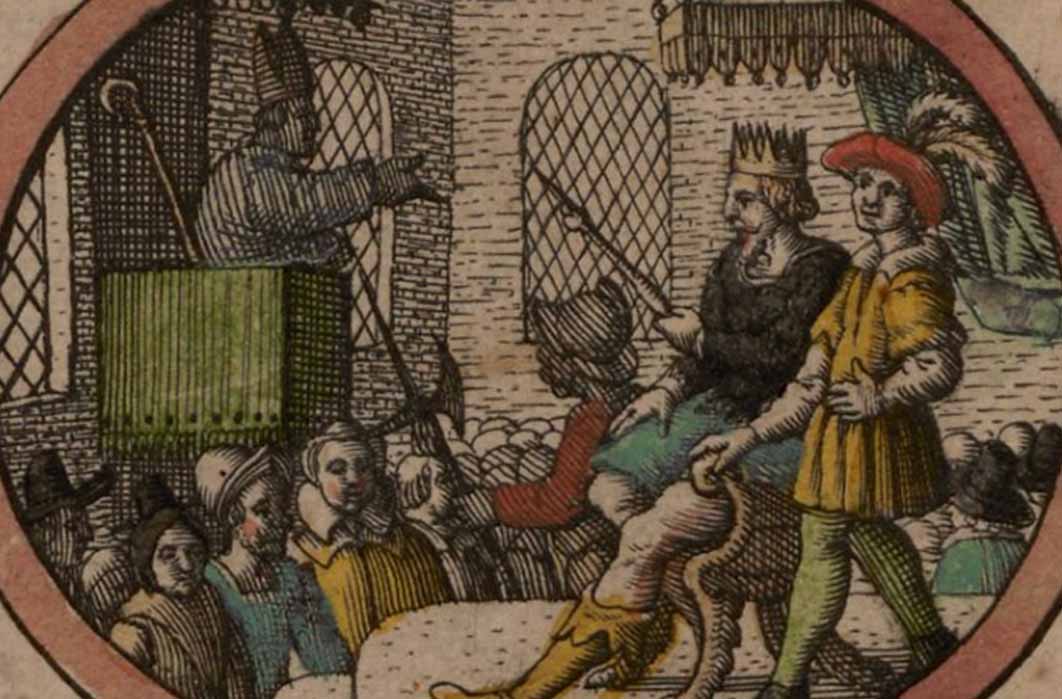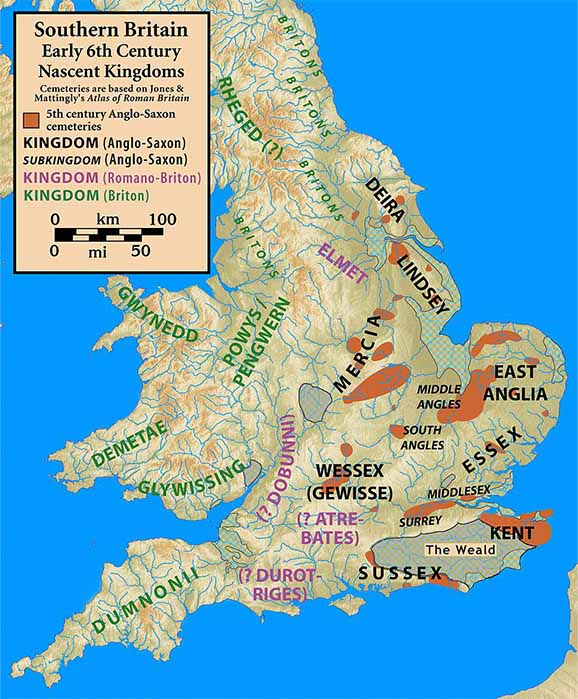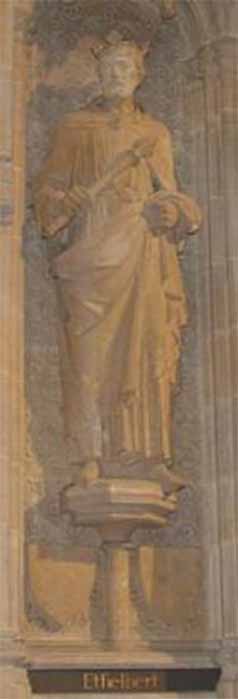
The Shadowy Kingdom Of Gewissae, Britain’s First Kings
Gewissae was an Anglo-Saxon kingdom that ruled much of southern Britain from the fifth to the seventh centuries as the island began forging a new identity in the aftermath of Roman occupation. Beginning with the fabled reign of the mysterious Germanic invader Cerdic and ending with the documented conquests of Cædwalla, the Gewissae straddled the murky line between myth and history and as such, many of the dates under discussion have been the subject of intense historical debate and should not be viewed as definitive fact.

Cerdic of Wessex by John Speed (1611) (Public Domain)
Cerdic and Cynric
The first recorded king of the Gewissae was Cerdic, an obscure individual allegedly of Germanic stock said to be directly related to Gewis, a mythological founding figure. According to the Anglo-Saxon Chronicle, Cerdic and his son Cynric first arrived in southern Britain at a place called Cerdicesora in 495 with five ships. Later on in 508 a great battle involving an indigenous British ruler called Natanleod is recorded, with Cerdic and his son emerging triumphant. For the next decade or so, the pair established themselves in the region though military force and became kings in 519 after defeating the British at Cerdicesford, a settlement which has since been identified as Charford in Hampshire.

South Britain in the early sixth century, showing Gewisse (CC BY-SA 3.0)
Once on the throne the duo consolidated their territories, and are reported to have engaged in conflict with the native Britons at a site called Cerdicesleag in 527, after which they are said to have seized the Isle of Wight and placed it under the guardianship of their kinsmen, Stuf and Whitgar in 530. Four years later in 534 Cerdic died, leaving Cynric as the sole monarch. Cynric is supposed to have ruled the Upper Thames enclave he helped establish for a further 26 or 27 years, during which he violently extended his realm into Wiltshire. He did this by crushing the Britons at Old Sarum in 552 before routing them again at Barbury Castle in 556 with the aid of Ceawlin, who was possibly his own son.
Ceawlin, Ceol, and Cuthwulf
In 560 Cynric passed away and power was transferred to Ceawlin, who co-ruled the kingdom of the Gewissae with his son Cuthwine and Cuthwulf, who may have been his brother. During his spell in office, Cynric maintained the expansionist policy of his predecessors, relying heavily on Cuthwulf to carry it out. In 568 it is chronicled that both Ceawlin and Cuthwulf forced Æthelberht of Kent to flee for his life at Wibbandun, while later in 571 Cuthwulf was able to annex the estates of Limbury, Aylesbury, Bensington, and Eynsham after trouncing the British at the Battle of Biedcanford.

Statue of Æthelberht of Kent in Rochester Cathedral (Polylerus/CC BY-SA 3.0)




